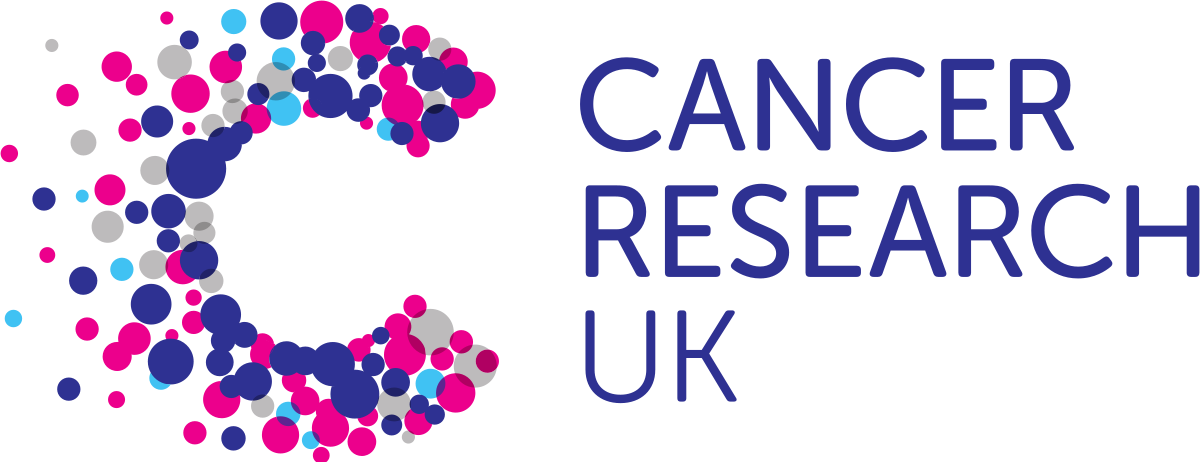Pharmacovigilance (PV)
Home › Forums › QUALITY ASSURANCE (QA) › Pharmacovigilance (PV) › Few Scenarios And Response From The MHRA
- This topic is empty.
-
AuthorPosts
-
23 June 2021 at 2:26 pm #3836
Dear all, following our PV workshop, I contacted the MHRA with a few questions from the scenarios which we did not have time to finish during the day. These are the questions I had intended to run with the group, the responses are by the MHRA CTU Helpline.
I hope these make sense and you find them useful.
best wishes
Joanna
Question 1: If a diagnosis (e.g anaphylaxis) is listed in the RSI can we assume that the signs and symptoms which comprise the diagnosis are also considered to be expected? For example the RSI lists anaphylaxis but a report comes in and the patient has had: hypotension, wheezing and urticaria listed as signs and symptoms. Can we assume that these are expected?
MHRA Response: The coding of adverse reactions should be performed in line with the latest version of MedDRA dictionary. if a diagnosis is reported by the investigator with characteristic signs and symptoms, the preferred option is to select a preferred term (PT) for the diagnosis only; the PT referring to the diagnosis will be the adverse reaction. If no diagnosis is provided, all reported signs and symptoms should be coded as separate adverse reactions. If in the narrative other events have been reported, which are not signs or symptoms of the primary source’s diagnosis or provisional diagnosis, and those events are suspected to be adverse reactions, they should also be coded as separate adverse reactions and cannot be considered expected under the PT referring to the diagnosis. So if the investigator provides the Sponsor with a diagnosis and the PT corresponding to the diagnosis is expected then the sign and symptoms are also expected provided that they are considered sign and symptoms of the main reaction (=diagnosis) by the investigator.
Question2: If the RSI does not mention death as a possible outcome of an event; example RSI lists myocardial infarction and patient dies as a result of the myocardial infarction, ie the SAE form states fatal myocardial infarction, should this be assessed as unexpected? This is what we are advising investigators.
MHRA response: In this case due to increased severity the reaction is unexpected and must be reported as a SUSAR.
Question 3: If the RSI lists a diagnosis example thrombocytopenia and also lists some (but not all) of the signs and symptoms too (example purpura; blood in urine and stools; fatigue; enlarged spleen); but the SAE form lists petechiae as a sign can petechiae be assessed as expected?
MHRA response: The RSI is a list of reactions. As stated a reaction is a diagnosis/provisional diagnosis including its signs and symptoms as provided by the investigator. The Sponsor can consider expected only the signs and symptoms considered by the investigator as signs and symptoms of the reaction identified by the diagnostic term. If the investigator is not linking a sign or symptom to the main diagnosis, the sign/symptom must be coded as an independent reactions whose expectedness will be assessed against the RSI.
Question 4: In the RSI section, how do we know if what is listed is a sign, symptom or a diagnosis? More often you just get a list of words and it is very unclear whether these are signs, symptoms or the diagnosis.
MHRA Response: See response for question 3.
Joanna Black -
AuthorPosts
- You must be logged in to reply to this topic.








